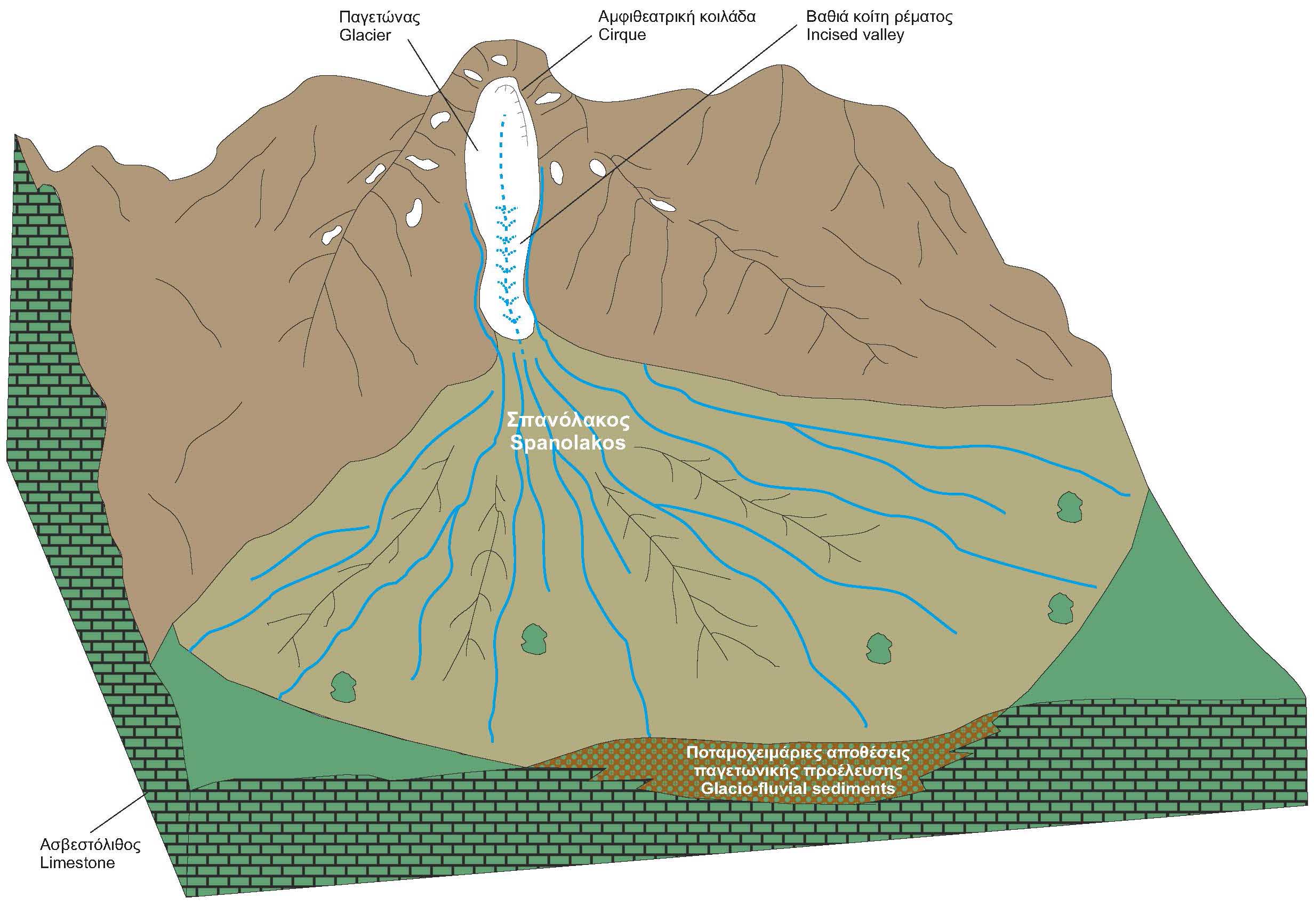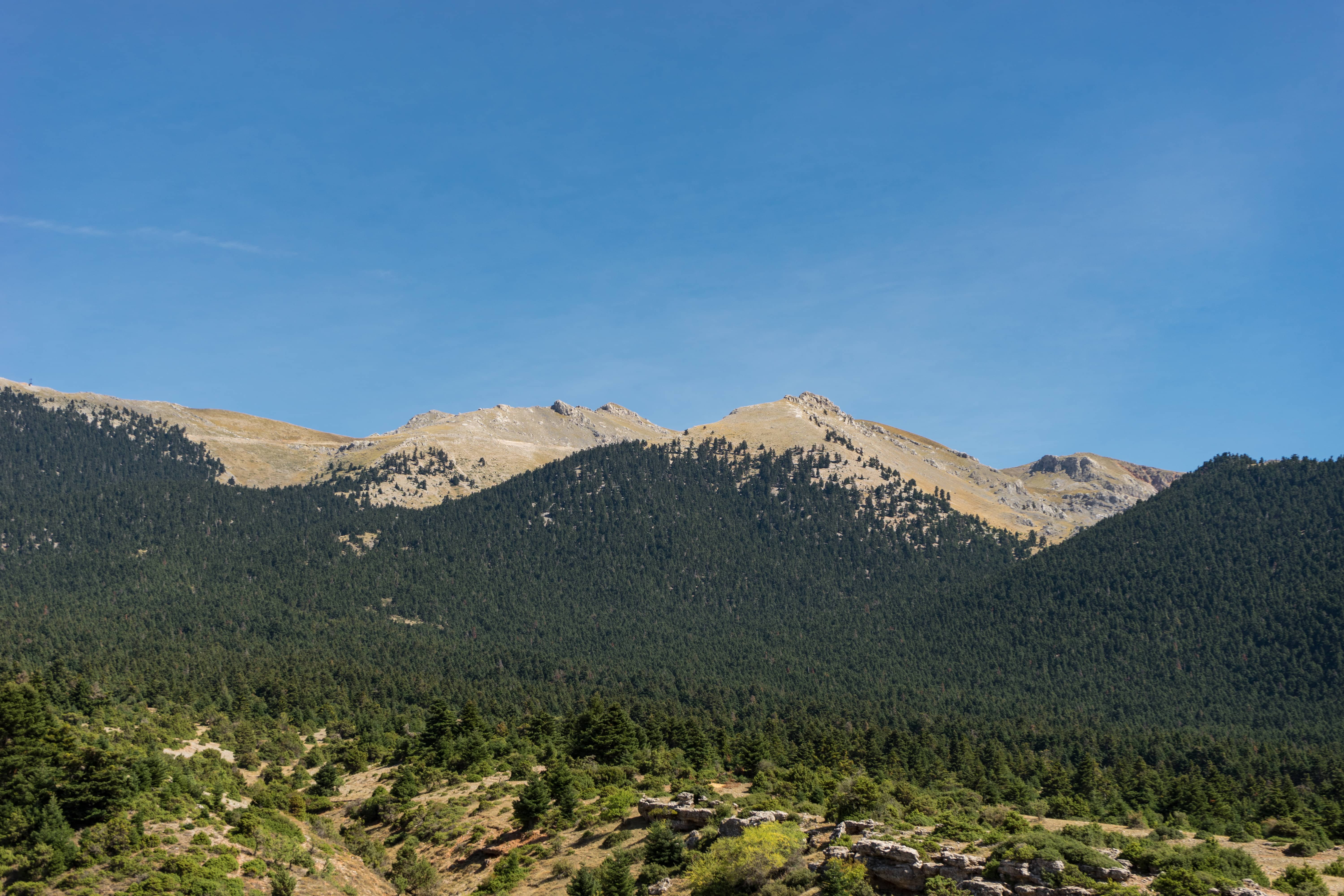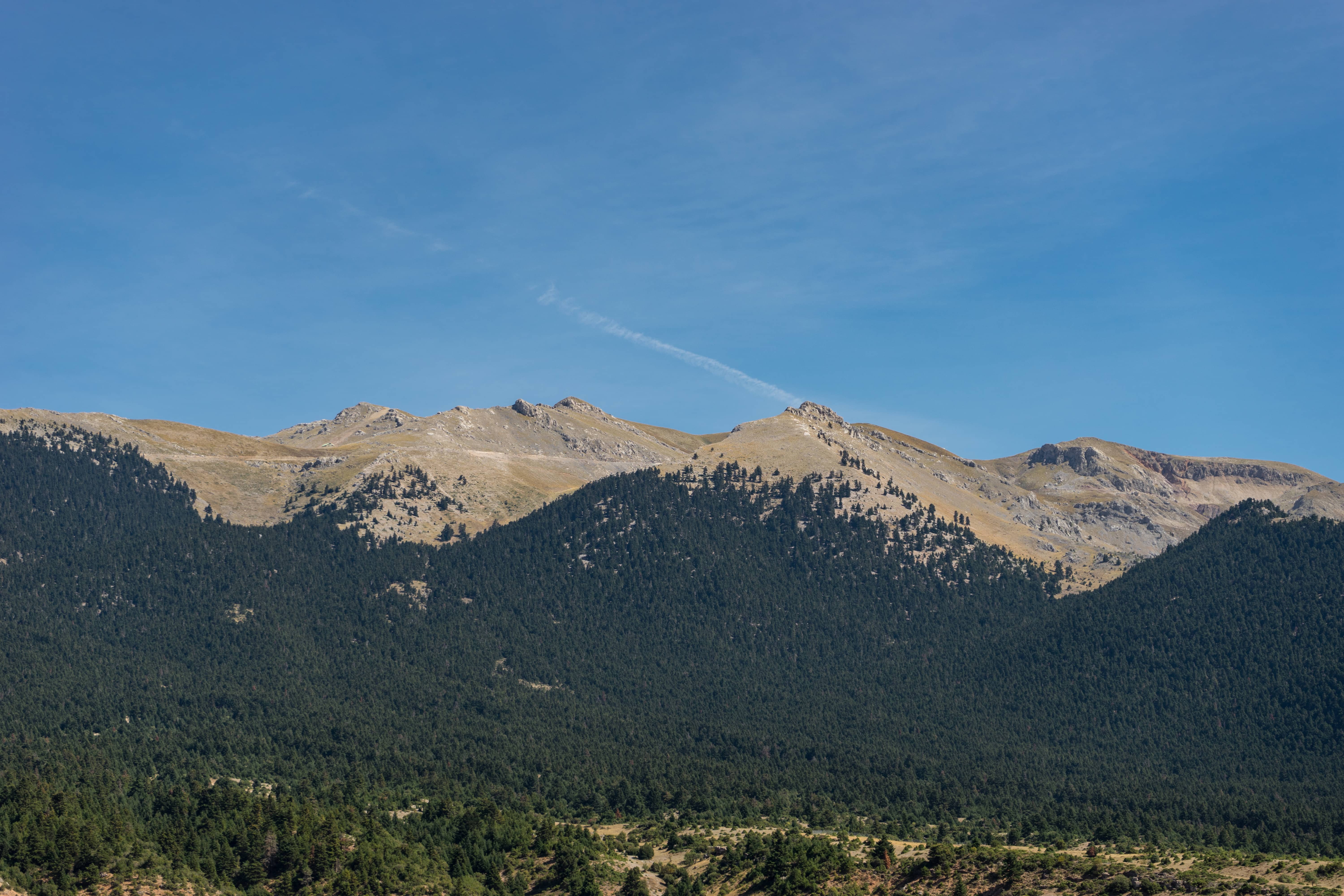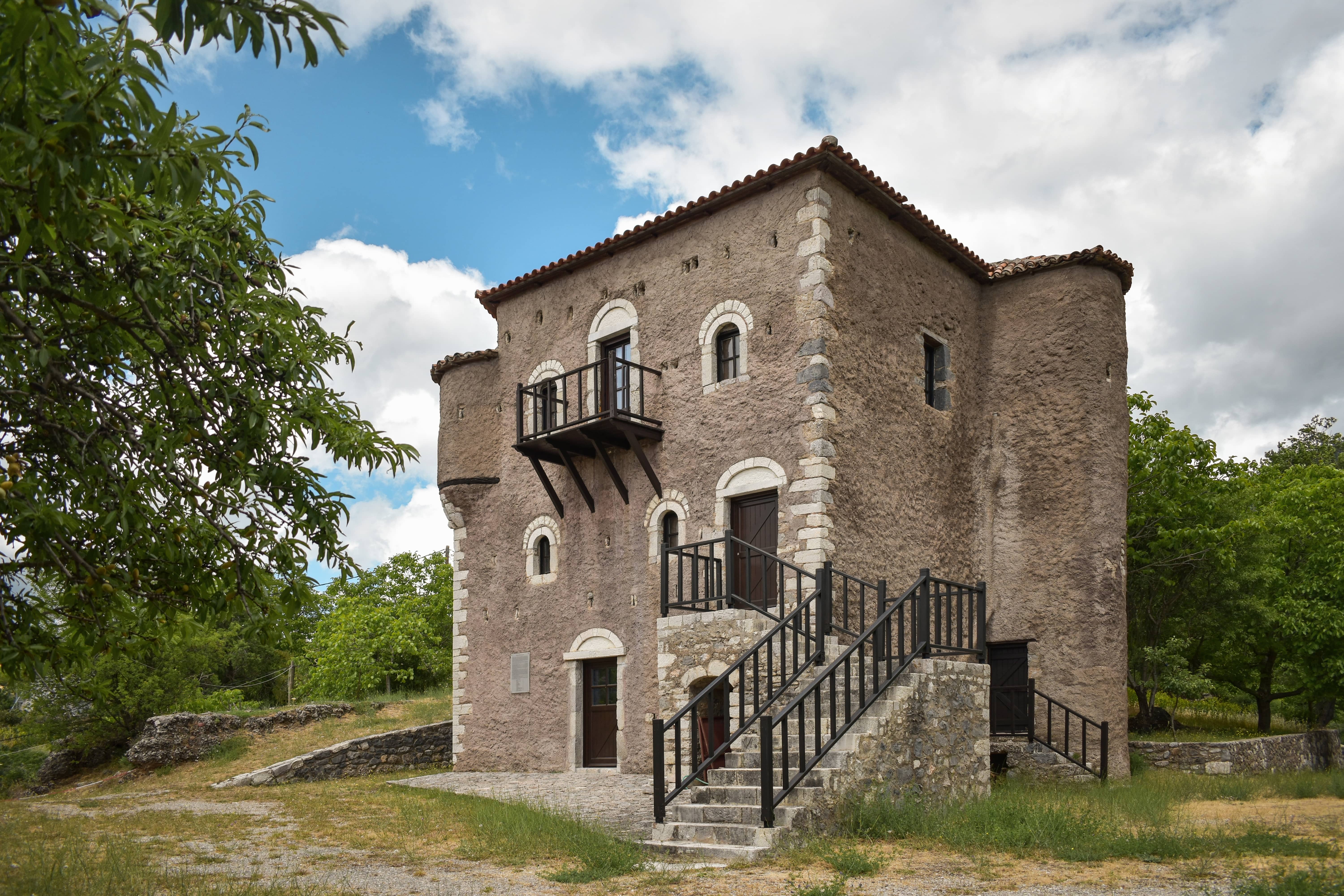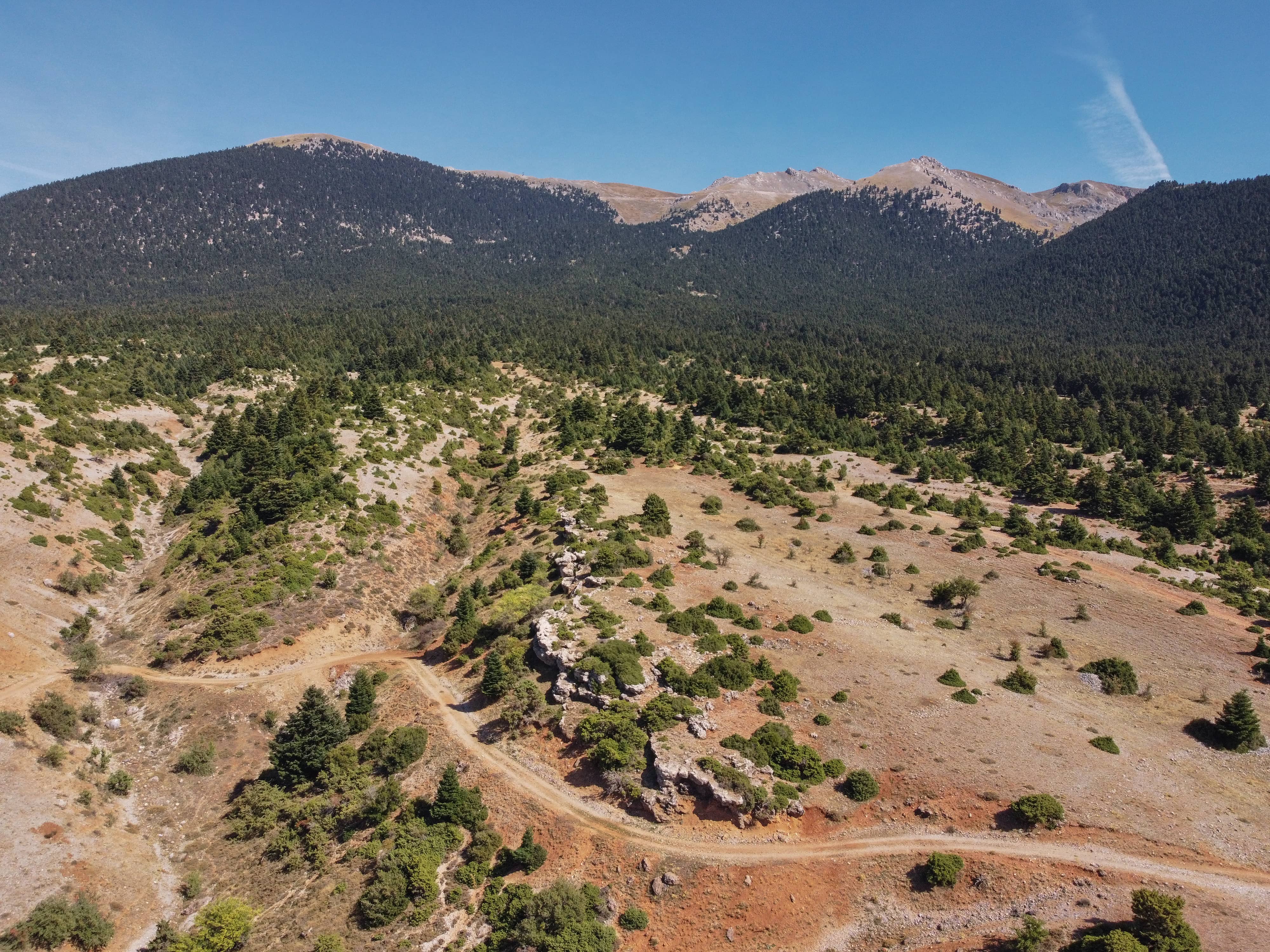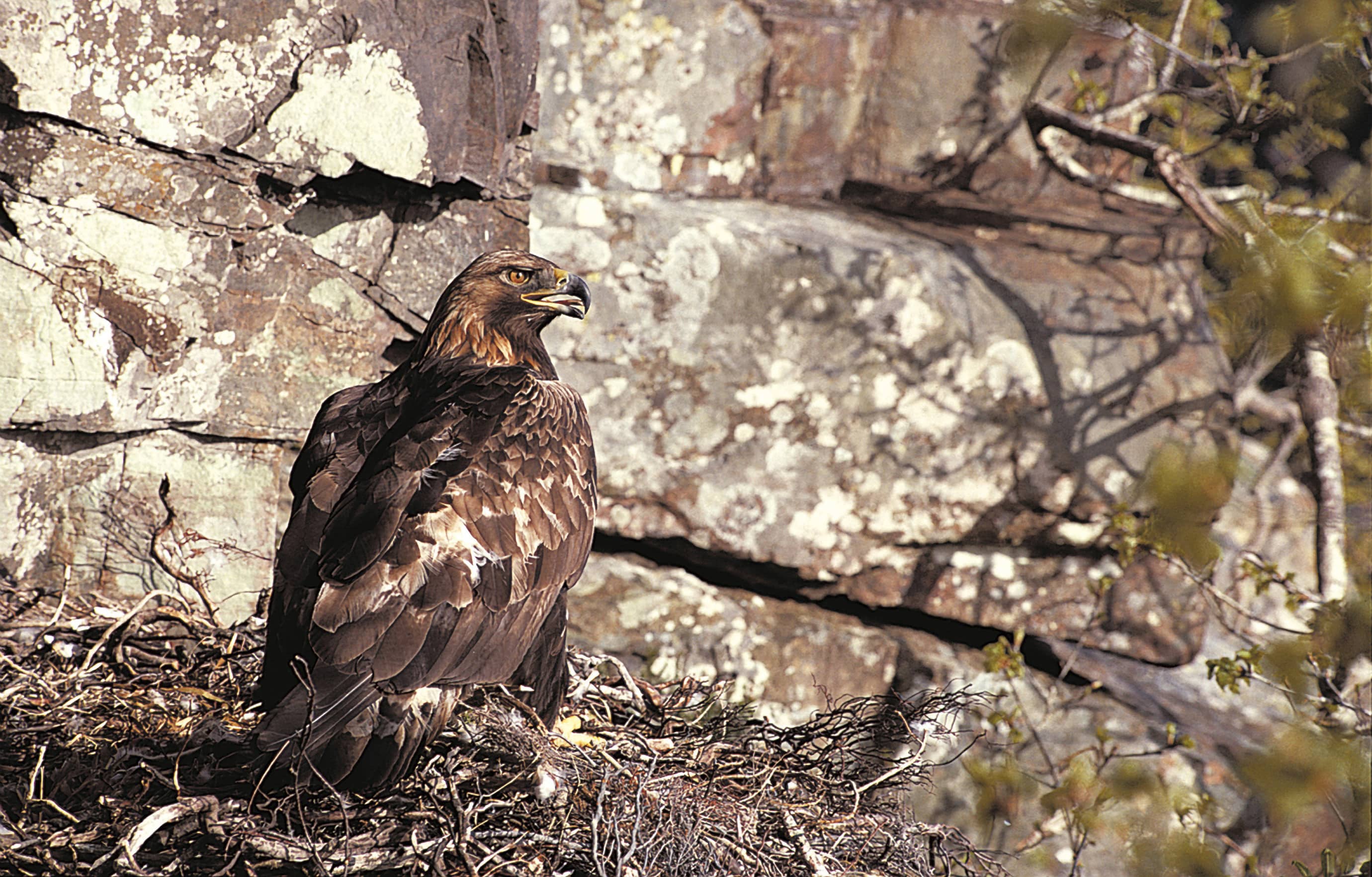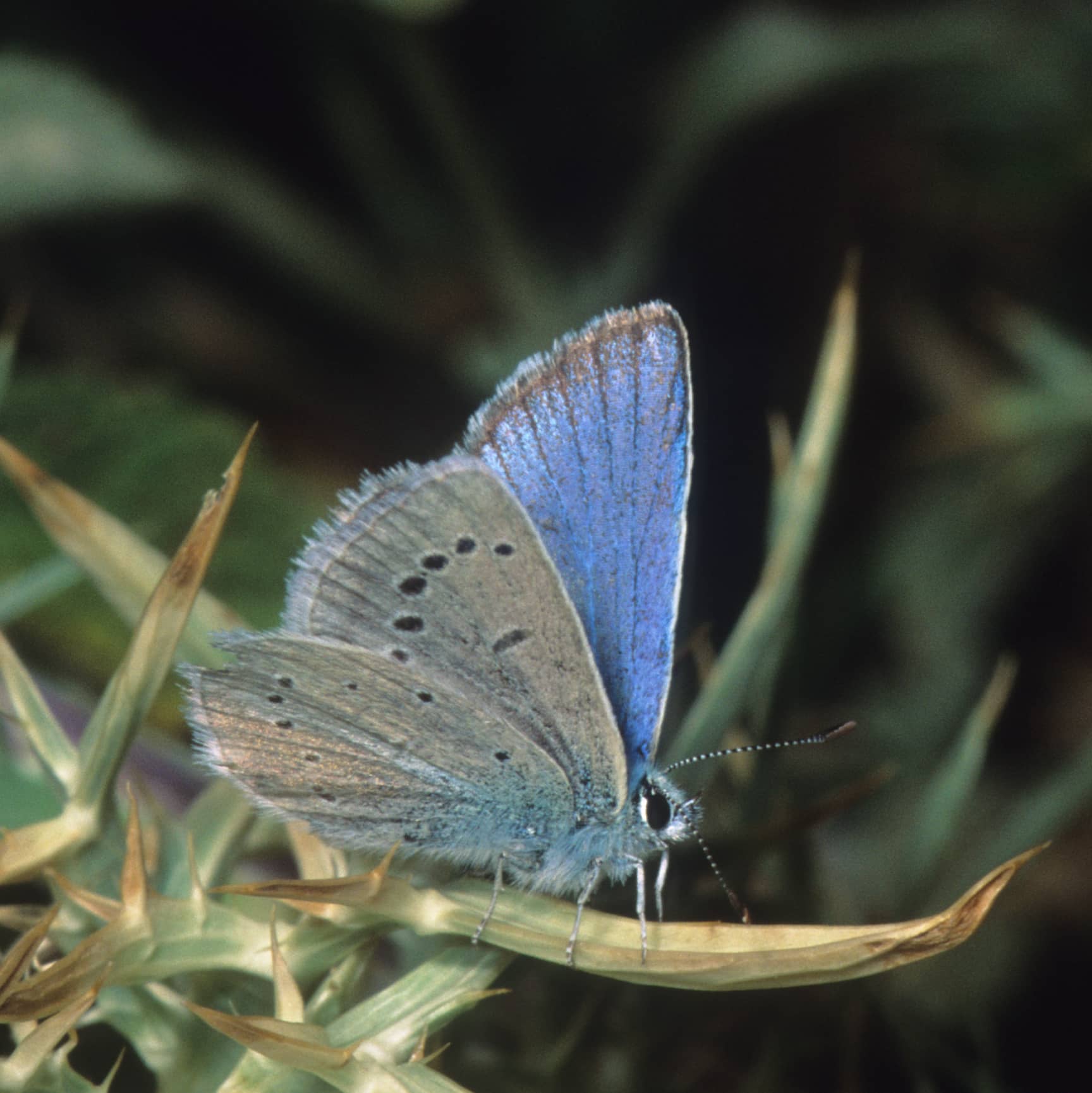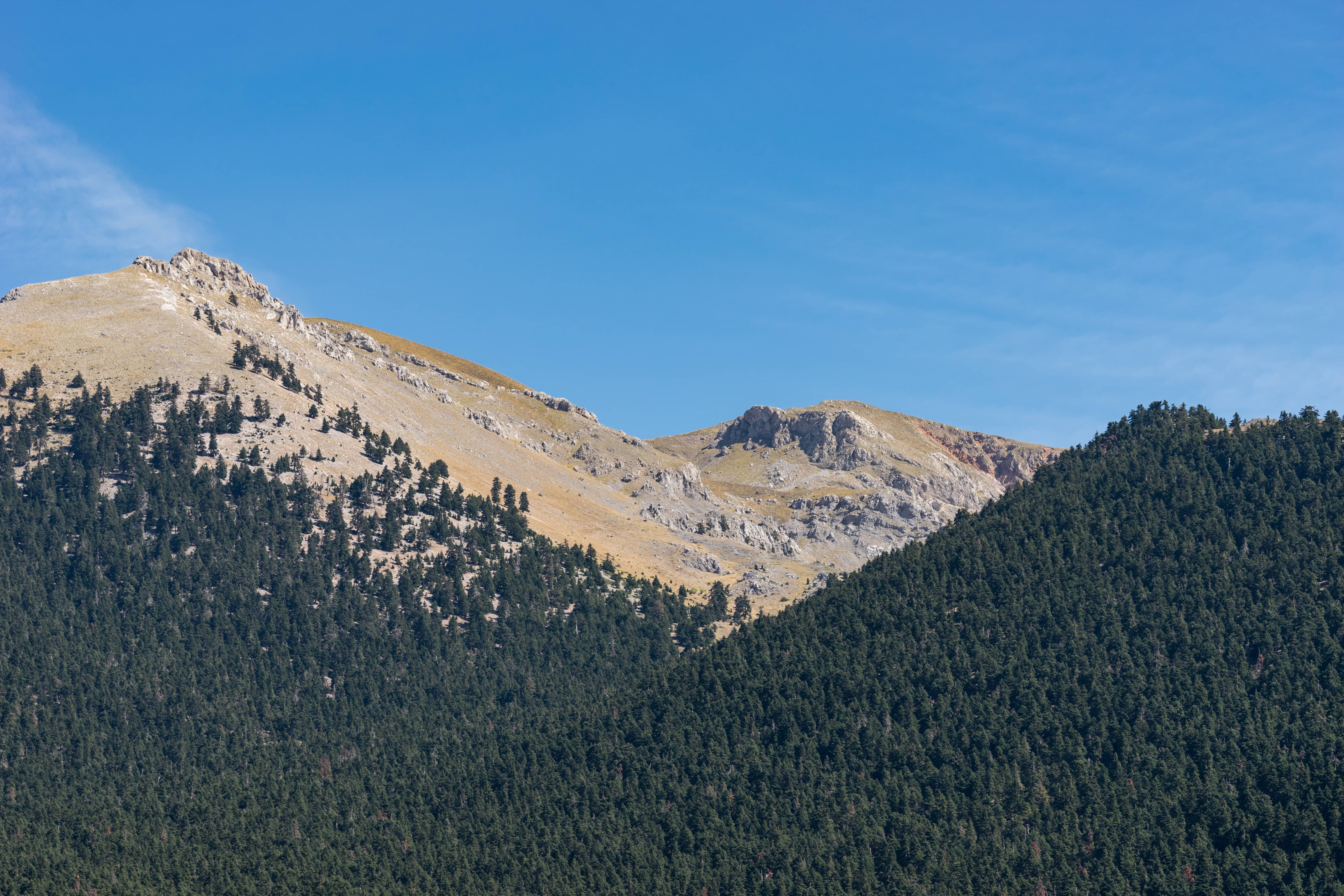FROM THE ICE AGE II
The highest peaks of Mount Chelmos during the recent geological past and at different time periods (during the last three glacial periods during the last 250,000 years) were covered by glaciers! In fact, the region is particularly important as it is one of the southernmost regions of Europe where glaciers developed, the signs of which can still be seen today. In such areas, the ice found its way downstream through radially arranged glacial valleys which can still be seen today. One of these valleys is the valley of Spanolakos. The valley extends with a smoother relief to the plain of Loussoi.
Geodiversity
In the lower part of Spanolakos valley, there are extensive occurrences of gravel layers, in some cases compacted and alternating with sand layers. Above the plain of Loussoi, these sediments spread like a fan, over a large surface with a width of up to 2 km. At the lower part of the valley there are also scattered boulders of glacial origin with diameters greater than 1m. These sediments have been cut from the original bedrock by the action of the glacier and have been transported to this point by rivers that flow next to or immediately after the glacier. Below the fan a seasonal lake was forming in the past. Looking further high towards the upper end of the valley, the starting point of the supply zone of the glacier can be seen. It is a narrow semicirqular amphitheater shaped and steep valley (a cirque).
Biodiversity
The Geosite is located within the Protected Area “MOUNT CHELMOS & YDATA STYGOS” (GR2320002) of the Natura 2000 network. In the area important invertebrates with limited distribution are recorded that are included in red data lists, such as the Lepidoptera Turanana taygetica, Polyommatus iphigenia , Neolysandra coelestina, Lycaena thetis, Lycaena ottomana, and the Orthoptera Oropodisma chelmosi and Parnassiana chelmos .
The area is also located within the Special Protection Zone (ZEP) of the avifauna “MOUNT HELMOS (AROANIA) – VOURAIKOU GORGE AND KALABRYTON AREA” (GR2320013). The avifauna of the area is of great interest and includes birds such as the Golden Eagle (Aquila chrysaetos) and the Eurasian eagle-owl (Bubo bubo).

